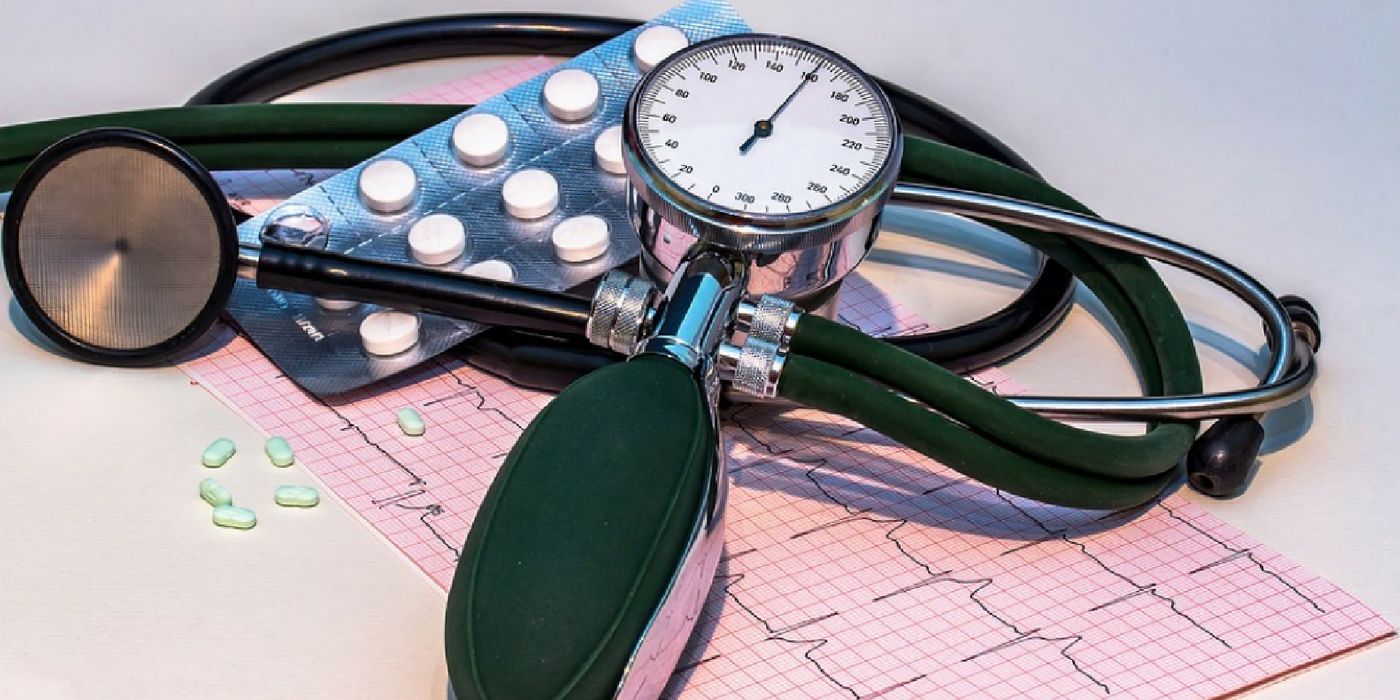Why More Children Will be Diagnosed with Hypertension
Hypertension, or high blood pressure, is typically thought of as a disease that afflicts older adults. Yet, the number of children and teens who will be diagnosed with this condition will likely increase in the future.
That’s because the American Academy of Pediatrics AAP just issued new guidelines for catching and treating high blood pressure in children and youths. Because high blood pressure is considered a “silent” disease that strikes with little to no symptoms, the goal of the new guideline is prevention.
Based on previous studies, the rate of high blood pressure in children was estimated to be between 1 to 2 percent. But with recent large-scale studies, the rate has increased to about 3.5 percent in kids and teens.
High blood pressure in children occurs due to a variety of circumstances, which are complicated and tangled in many instances. "In infants and very young children, we worry about an underlying cause like kidney disease," said Dr. Joseph Flynn, the lead author of the new guidelines, and a professor of pediatrics at the University of Washington. And while obesity may seem like an obvious culprit, sometimes high blood pressure strikes kids who are in the normal weight range.
"If, for example, a child is known to have kidney disease or heart disease, then they would be at higher risk for hypertension. Another group would be kids whose parents have hypertension," Flynn said.
While high blood pressure accounts for the top five chronic diseases in adolescents and children, the diagnosis is missed in nearly 75 percent of the time in primary care settings.
Unchecked and untreated, high blood pressure will eventually take its toll on the body. Life-threatening consequences of high blood pressure include aneurysm due to weakened arteries, coronary artery disease, heart failure, kidney failure, and stroke, among others.
As the saying goes, an ounce of prevention is worth a pound of cure. For pediatric hypertension, the new guidelines, updated from the 2004 version, will hopefully prevent cases in the future. "If there is diagnosis of hypertension, there are many ways we can treat it … but because the symptoms are silent, the condition is often overlooked," said Dr. David Kaelber, a study co-author.
For parents, this may mean an unsettling diagnosis at their child’s next health checkup. But more optimistically, this is now an opportunity to address the problem head-on before it gets out of control. "Everyone's loath to put kids on medicines if you don't have to, but we may need to get there a little bit faster than we have traditionally in the past," commented Dr. Sophia Jan, director of general pediatrics at Cohen Children's Medical Center in New York, who did not work on the guidelines.
Additional sources: CNN









